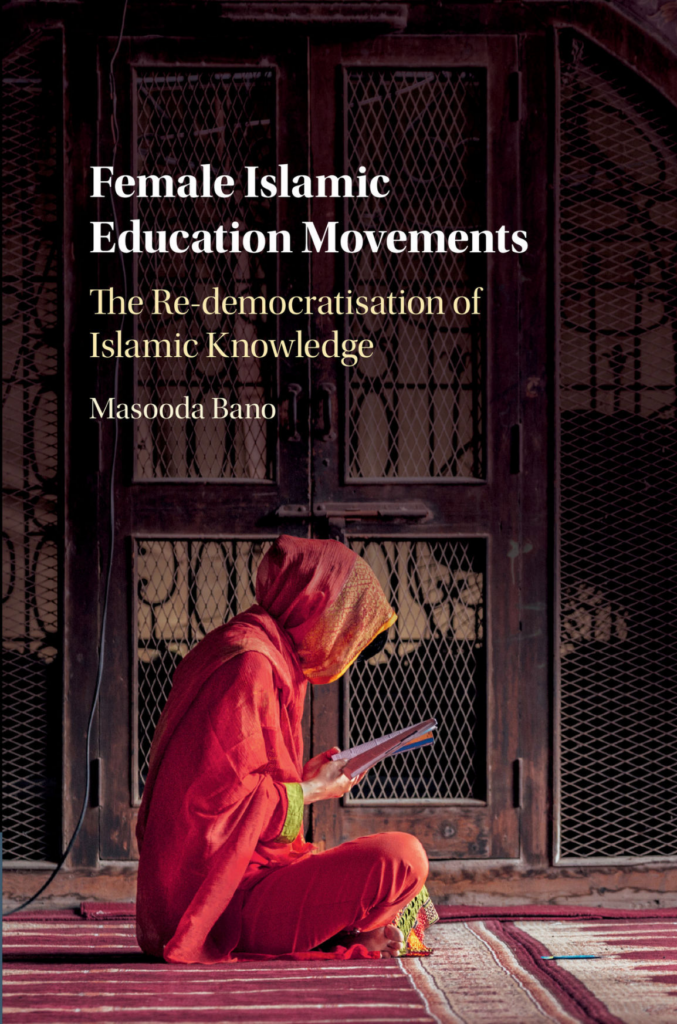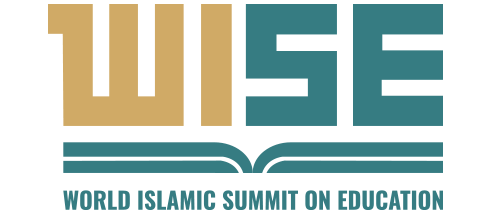“Female Islamic Education Movements: Creating Spaces for Learning and Empowerment” is a groundbreaking book that sheds light on the significant role that women have played in the development and expansion of Islamic education movements. The book explores the diverse ways in which Muslim women have contributed to the growth and evolution of Islamic education, both historically and in contemporary contexts. This insightful work is essential reading for Muslim educators and leaders, as it not only highlights the crucial role of women in the Islamic educational landscape but also provides valuable insights and strategies for creating and sustaining inclusive and empowering learning environments.
Muslim educators need to read this book for several reasons:
- Historical context: The book delves into the historical roots of female Islamic education movements, providing a comprehensive understanding of how women have shaped and contributed to the development of Islamic education over time. This historical perspective is essential for Muslim educators to appreciate the rich legacy of women’s involvement in Islamic education and draw inspiration from their achievements.
- Contemporary case studies: “Female Islamic Education Movements” presents a wide range of contemporary case studies that showcase the innovative and diverse ways in which women are contributing to Islamic education today. Hearing these stories will inspire Muslim educators to think creatively and develop innovative approaches to support the education and empowerment of Muslim women in their own communities.
- Strategies for change: The book offers practical strategies and recommendations for creating and sustaining inclusive and empowering learning environments within Islamic educational settings.versary of female Islamic education movements, this book serves as a powerful reminder of the importance of women’s contributions to the development and expansion of Islamic education. with the book’s rich historical context and contemporary case studies, Muslim educators will gain valuable insights and strategies to create and sustain inclusive and empowering learning environments that empower Muslim women to reach their full potential.
- Interdisciplinary perspectives: The book draws on interdisciplinary research and scholarship, incorporating insights from history, sociology, and education, to provide a comprehensive understanding of the role of women in Islamic education movements. using this interdisciplinary lens, Muslim educators will gain a deeper understanding of the complex dynamics that shape women’s experiences in Islamic education settings.
In conclusion, “Female Islamic Education Movements: Creating Spaces for Learning and Empowerment” is a must-read for Muslim educators and leaders who are passionate about creating inclusive and empowering learning environments that support the education and empowerment of Muslim women. and by exploring the historical roots, contemporary case studies, and practical strategies presented in this book, Muslim educators will be better equipped to harness the power of female Islamic education movements to create a brighter future for Muslim women and their communities. and the book’s rich historical context and contemporary case studies, Muslim educators will gain valuable insights and strategies to create and sustain inclusive and empowering learning environments that empower Muslim women to reach their full potential. and the book’s rich historical context and contemporary case studies, Muslim educators will gain valuable insights and strategies to create and sustain inclusive and empowering learning environments that empower Muslim women to reach their full potential.


